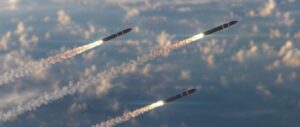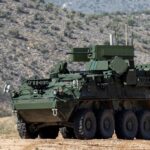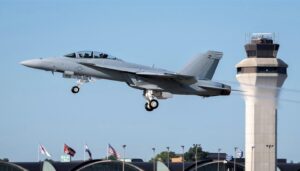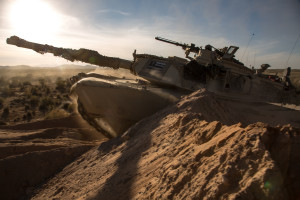
The Missile Defense Agency (MDA) selected Lockheed Martin [LMT] Monday to continue development for the Next Generation Interceptor (NGI) over competitor Northrop Grumman [NOC]. In 2021, MDA chose teams led by Lockheed Martin and Northrop Grumman to start initial technology development and risk reduction work for the NGI. At the time, MDA planned to continue the competition at least through the Critical Design Review (CDR) phase (Defense Daily, March 23, 2021). NGI is MDA’s next interceptor meant to defend against…

 By
By 











